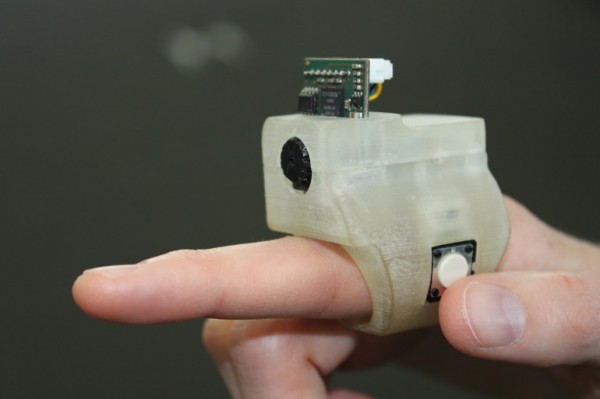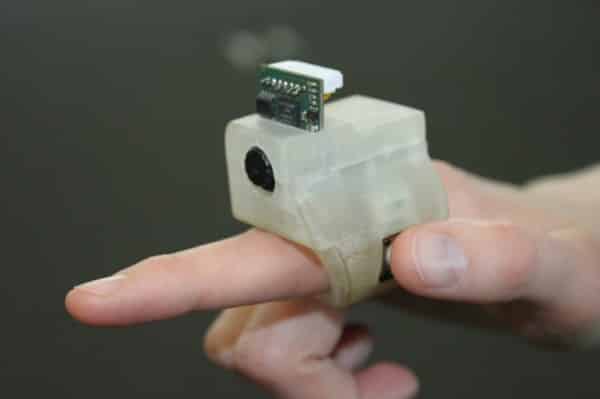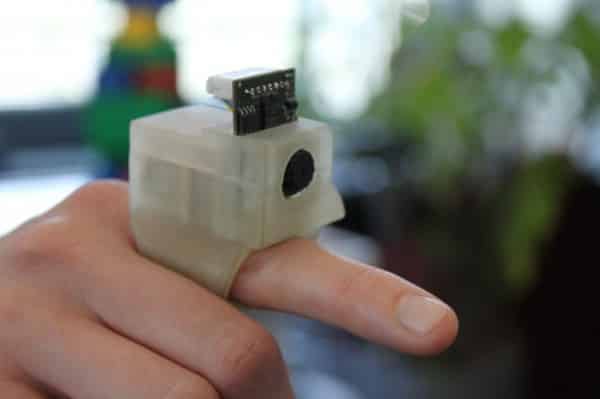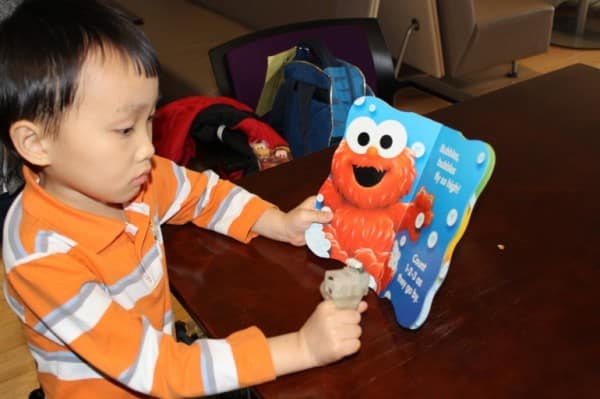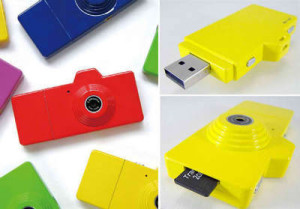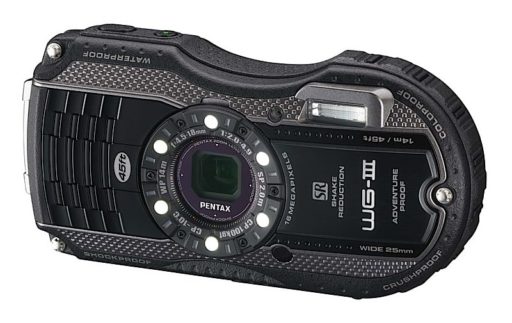Cameras have been playing a very significant role in our daily lives. Now, I am going to tell an unconventional application of cameras’ that will surely amaze you. Recently, a team from the Fluid Interfaces Group at MIT’s Media Lab has developed a prototype camera worn on a finger ring, called EyeRing. But that’s not the main part. EyeRing can translate images of objects captured through a camera lens and feeds the information back to the user via the earphone, who are, in this case, blind. The camera will let blind people ‘see’ through their ears.
A team of three researchers has developed the EyeRing. They are – Suranga Nanayakkara (at present directs the Augmented Senses Research Group at Singapore University of Technology and Design), PhD student Roy Shilkrot and associate professor and founder of the Fluid Interfaces Group, Pattie Maes. The EyeRing features a 3D-printed Acrylonitrile Butadiene Styrene (ABS) nylon outer housing. It has a small VGA camera, a 16 MHz AVR processor, a Bluetooth radio module and a 3.7V Li-ion battery. There is a mini-USB port too for charging the battery and reprogramming the unit, a power on/off switch and a thumb-activated button for confirming commands.
So, how does it work? First, the user points EyeRing’s camera at an object and tells the system what kind of information he/she needs using a microphone on the earphone cord. The user then clicks the thumb-activated button on the side of the camera unit by his thumb finger to confirm commands. After getting the confirmation, the camera snaps a photo and sends it to a Bluetooth-linked smartphone. There is a specially-developed Android app that processes the image using computer-vision algorithms. The user selects the preset mode and uses a text-to-speech module to announce the appropriate results through earphones plugged into the smartphone.
EyeRing is still in prototype stage. The prototype EyeRing system can identify currency, text, pricing information on tags, and colors. The preset mode can be changed by double-clicking the side button of the device and command can be given via the microphone as told earlier. The information/command is displayed on the screen of the smartphone in text form.
This prototype version can determine the distance from objects by comparing two images taken by the camera. It can even create a 3D map of the surrounding environment. Using EyeRing, blind people could go on shopping and do everything like selecting a product, detect the color, know the price of that product and pay the bills; just like normal human beings.
Source : MIT
Thanks To : Gizmag
[ttjad keyword=”hot”]

